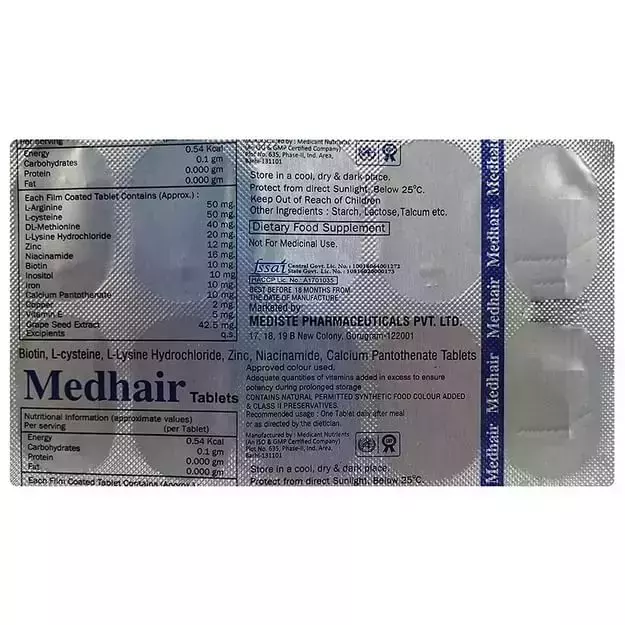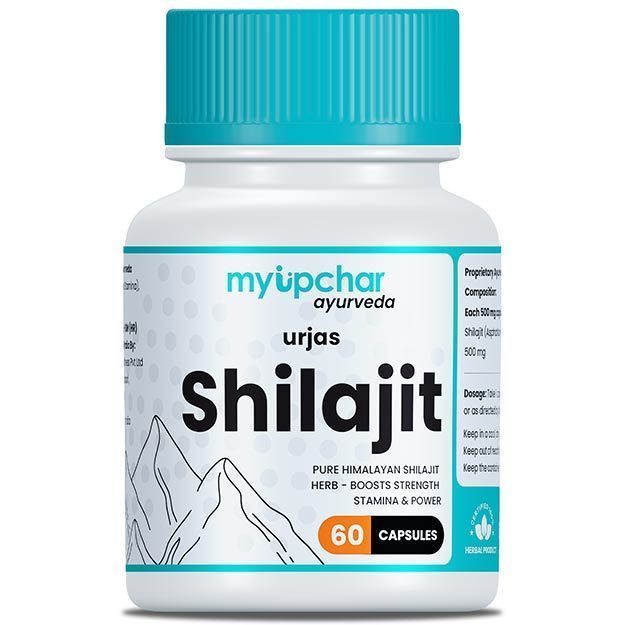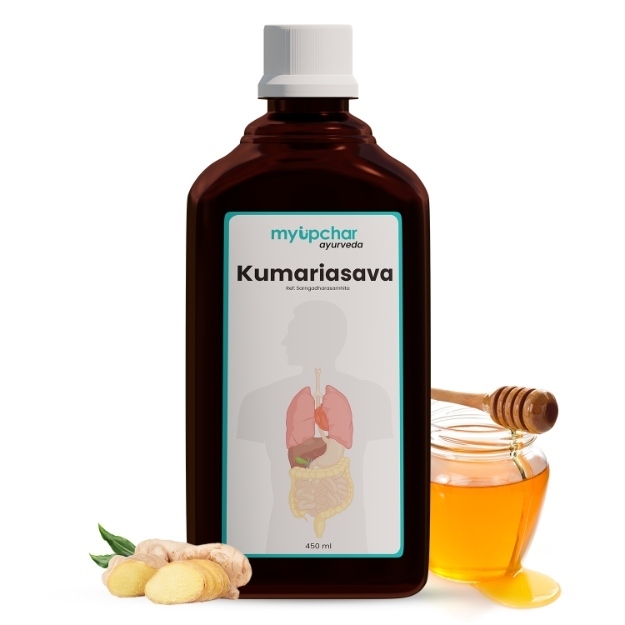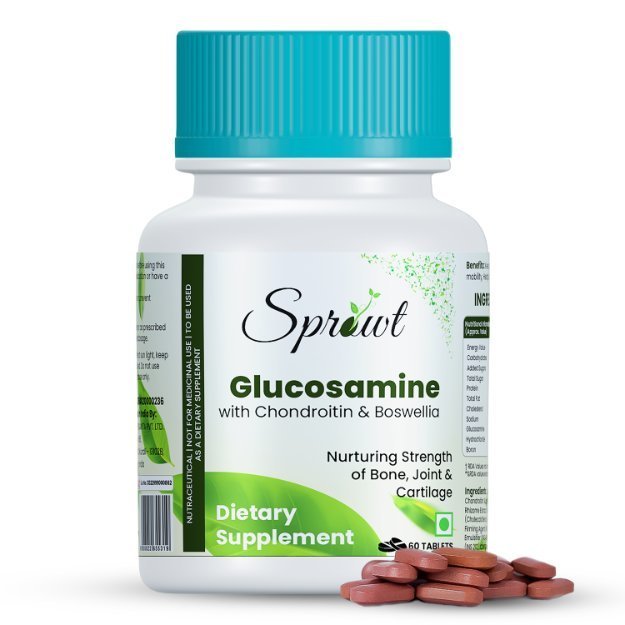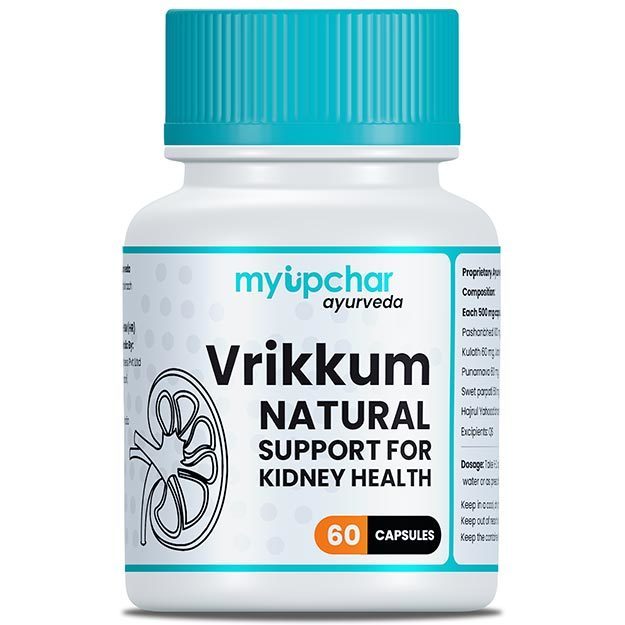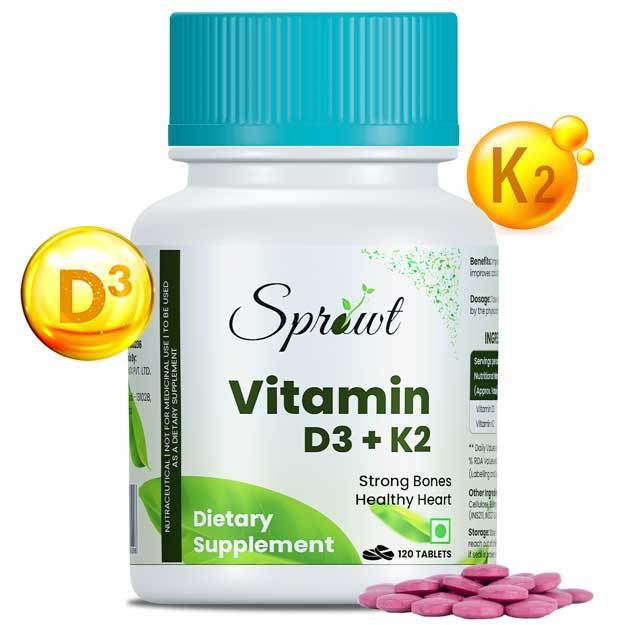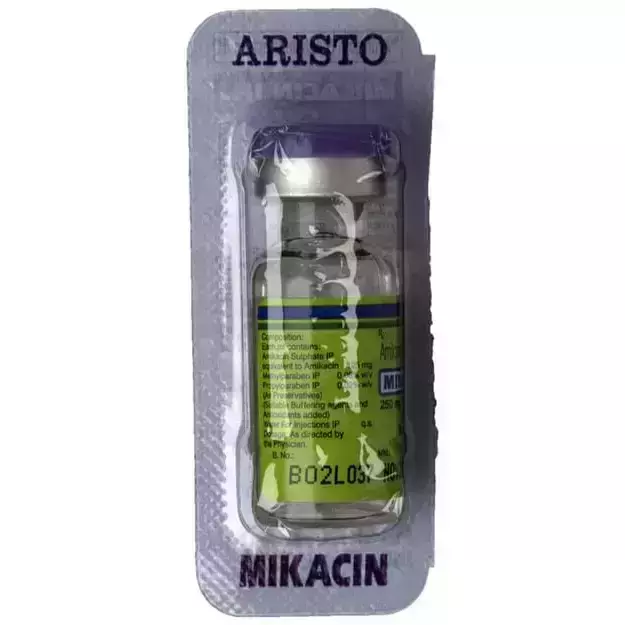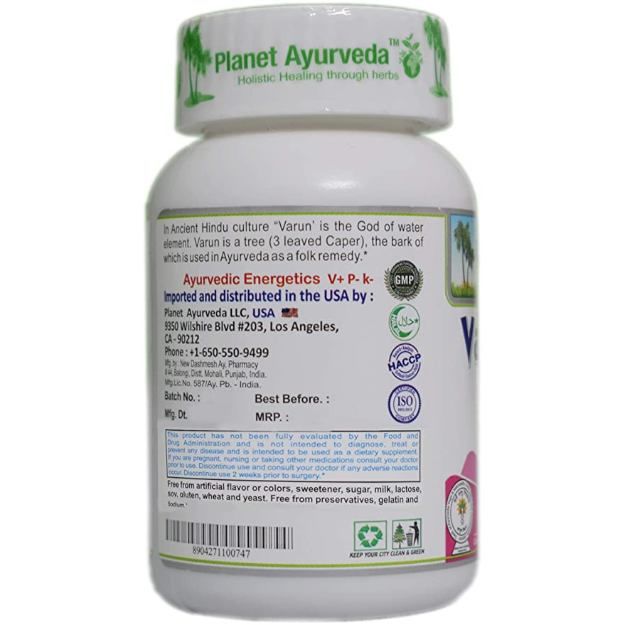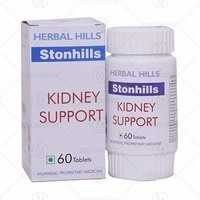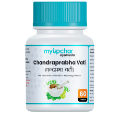Alfakim 250 Mg Injection is a commercial drug that is prescribed in the form of Injection. It is primarily used for the treatment of Urinary Tract Infection. Secondary and off-label uses of Alfakim 250 Mg Injection have also been mentioned below.
The correct dosage of Alfakim 250 Mg Injection depends on the patient's age, gender, and medical history. Besides the medical condition it is advised for, the route of administration also plays an important role in determining the correct drug dosage. Detailed information has been provided in the dosage section.
While these are the most often observed Alfakim 250 Mg Injection side effects, there are can be others also. These have been listed below. These side effects of Alfakim 250 Mg Injection are usually temporary and subside with the completion of treatment. However, if these continue for a longer time, consult your doctor right away.
Alfakim 250 Mg Injection's effect during pregnancy is Severe and Unknown while nursing. It is important to know if Alfakim 250 Mg Injection has any effect on the kidney, liver and heart. Information on such adverse effects, if any, has been given in the Alfakim 250 Mg Injection related warnings section.
Alfakim 250 Mg Injection can cause adverse effects in certain medical conditions. It is strongly recommended to avoid Alfakim 250 Mg Injection in conditions like Dehydration, Parkinson's Disease, Hearing Loss. Some other conditions that can be affected by Alfakim 250 Mg Injection are listed in the contraindications section below.
Besides this, Alfakim 250 Mg Injection may also have severe interaction with some medicines. Refer to the list below for further details.
Along with the above-mentioned precautions, remember that taking Alfakim 250 Mg Injection is considered safe while driving, and is addictive.
X

